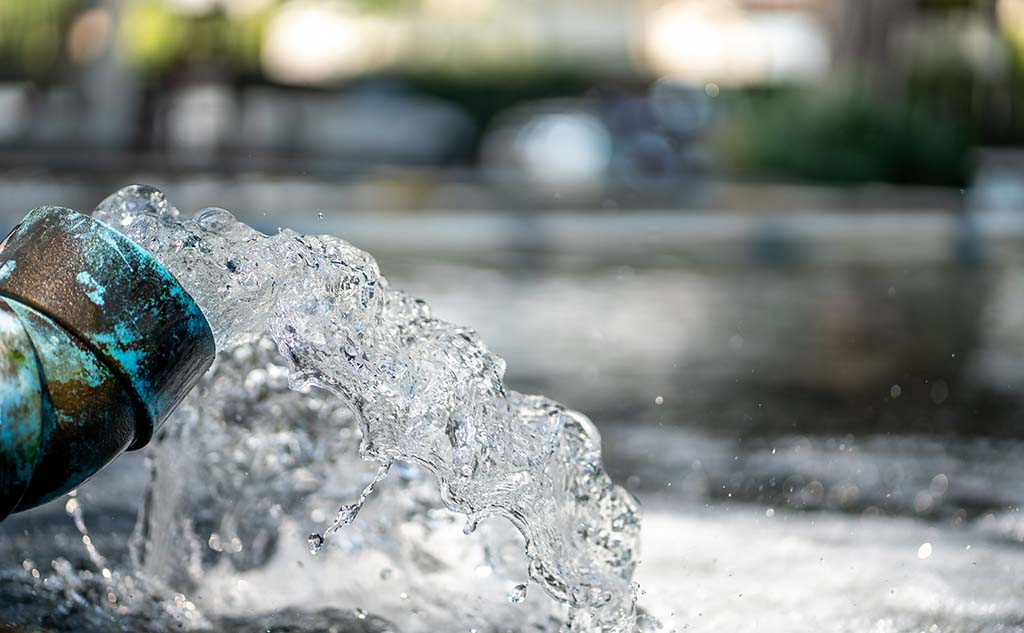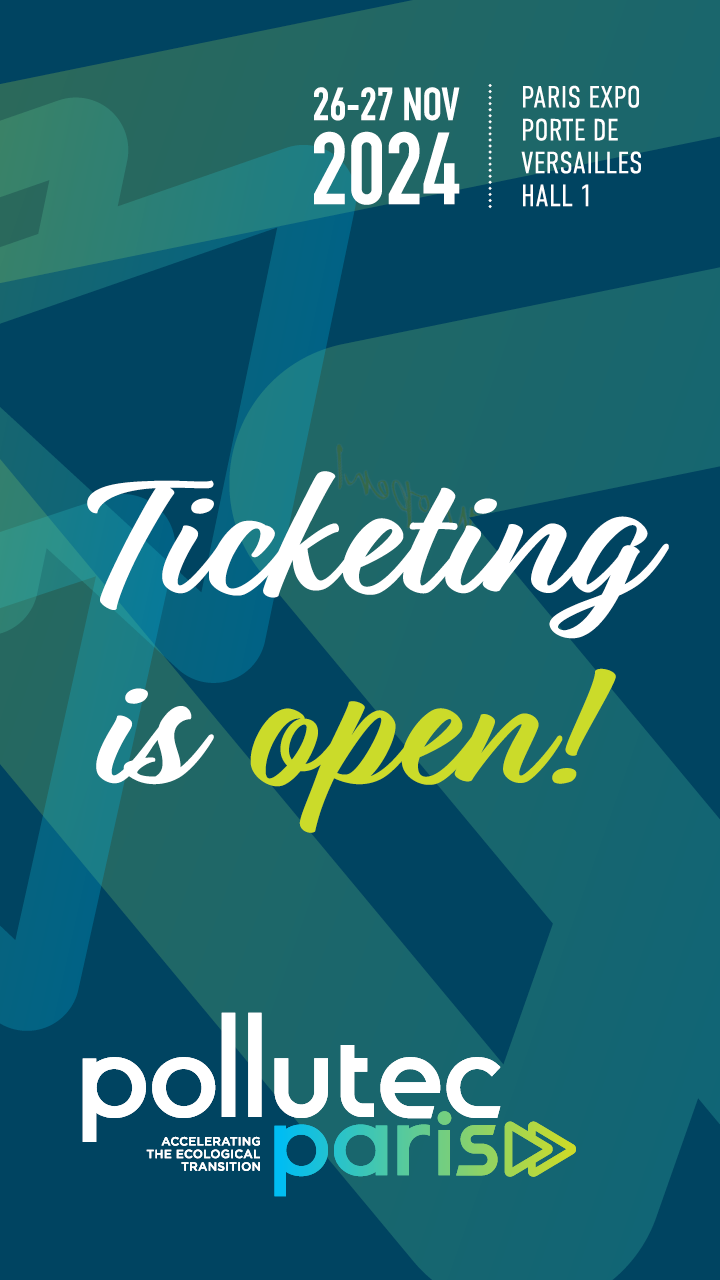Degraded water tables, insufficient rainfall… France’s water resources were already ringing alarm bells by the spring of 2022. The French hydrological monitoring and forecasting committee met in mid-May to review the situation and strengthen water conservation measures. While for industry our entire focus is on decarbonisation, we mustn’t forget that the sector has been working towards sustainable water management for many years. Today, this progress toward efficient water resource management benefits from the integration of digital solutions.
According to the latest available figures(1) in 2018 32.1 billion m³ of freshwater was extracted in France, 50% of which went to cool power stations, 17% to feed the canal network, 16.5% to the production of drinking water, 9% to agriculture and 8% to industry.
With the exception of agricultural use, quantities extracted have come down since 2003. In the Artois-Picardy catchment for example, extraction for industry has reduced by two-thirds in 30 years, while of the 3.8 million m³ of water saved in 2021 in the Seine-Normandy catchment, no less than 95% of the savings were made by companies.
What should be done to conserve the resource?
Water is often a vital resource for industrial activity: whatever the sector (chemicals, pharmaceuticals, cosmetics, paper, steel, oil & gas, food, etc.), water is used in manufacturing, processing, washing, dilution, cooling, transport, etc. The roll-out of environmental management systems, coupled with regulatory improvement, have resulted in numerous measures and procedures being put in place to save water.
Depending on the industry and type of production, operators can for example reduce waste, re-use process water, introduce “short loop” closed circuits in-house(2), optimise (or even replace) equipment and processes, or again may recover rainwater. These solutions, potentially coupled together, can at times provide other environmental benefits as shown in the following examples.
Re-using process water
At its Lanester (Morbihan) site, the Guerbet group, which specialises in medical imagery contrast media, has introduced a process water recycling system that reduces not only water consumption, but also the amount of pollution discharged. The purified, filtered water is used to cool the combustion gases from its incinerator. In 2021, the plant – whose public water supply consumption threshold is fixed at 187,500 m³ – reduced its consumption by 30,000 m³. The Loire-Brittany Water Authority awarded the project a 2021 Water Trophy.
Sugar manufacturer Tereos introduced a process to recycle condensed water, reducing consumption from the borehole on its site in Connantre (Marne). As part of a five-year programme, the company has installed a storage lagoon and invested in a new wash system, enabling the volume of water in circulation to be reduced by 50%. Ultimately, between 2018 and 2021 the volume abstracted from the water table has essentially been reduced by two-thirds.
Michelin, whose Golbey (Vosges) factory processes 80,000 tons of metal products annually in tyre belt production, elected to install two process water recycling systems. One system recycles up to 25,000 m³ per year of water (also recovering its heat), the resulting water supplementing that used for the cooling towers. The other recycles water with pH of less than 3. The water produced, which is also used to supplement that for the cooling towers, supplies hot water for sanitary needs. This project was presented as part of a webinar cycle entitled “Water and Industry” organised by the Hydreos cluster.
Rainwater recovery
Others conserve water resources by recovering rainwater. The Renault plant at Maubeuge for example introduced such a system a few years ago. More recently, public works and landscaping company Wicker SAS brought this in as part of a project aiming to make its Hochfelden (Bas-Rhin) construction wastes recycling centre self-sufficient in terms of both water and energy. On this site – where the building is completely covered in solar panels – rainwater is recovered and treated before being used to spray access routes and to clean trucks. The Rhine-Meuse Water Authority awarded the project its 2021 Water Trophies.
Data at the service of efficient water resource management
Saving water demands detailed knowledge of how it is used. This is made much easier today by digital technologies. In particular it makes possible very detailed surveys (current situation, use and flow mapping, etc.), enabling companies to identify risks and areas for improvement and offering the most appropriate recommendations. As an example Aquassay, a company specialising in efficient water resource management and digitisation which works in partnership with BWT, offers implementation of industrial water management systems based on the overall cost of different usages.
The above examples demonstrate how water-resource-related performance is more than ever fundamental to industrial companies’ ecological transition. In addition to the part it plays in prevention, simplifying operations and risk management, it also contributes to cost reduction so becomes a real lever for strategic growth.
Potential help from water authorities
Following water usage mapping and the installation of automated water monitoring systems, subsequent action often starts with the optimisation of existing equipment. Actions may also include investment in new technology. Companies may be eligible for technical and financial assistance from their water authority with these various investments.
1) “France’s Environmental Performance Review – 2021 Edition”, coll. Datalab, SDES, March 2022.
2) By contrast, “long loops” refer to operations carried out as part of an industrial symbiosis (or “regional industrial ecology”).




